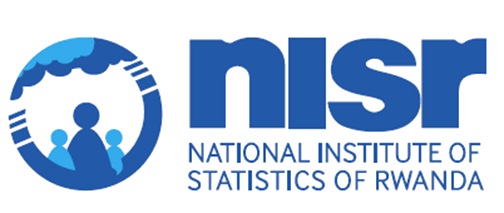The poverty rate in Rwanda (using the updated methodology) would have been 39.8% in 2017, and fell to 27.4% in 2024, representing a reduction of 12.4 percentage points over a period of 7 years.
There was a slight improvement in literacy between 2017 (EICV5) and 2024 (EICV7), from 86.7% to 87.7%, but about one in seven young adults in rural areas remain functionally illiterate. Poor people are less likely to be literate: the literacy rate is 80% for those in the poorest quintile, but 94% for those in the top quintile of consumption per
adult equivalent.
Access to clean and convenient water is an important component of wellbeing. At least 90% of households have access to an improved source of drinking water, up slightly from 87% in 2017. Unimproved water comes from an unprotected spring or well, or directly from a river or lake, while all other sources of water are considered to be “improved”.
Just 16% of households get water that is piped to their home, almost always into their yard or compound rather than into the dwelling itself. The proportion that get piped water at home is rising, with almost an additional one percent of households getting water piped to their home every year.
In 2024, seventy two percent of households had access to electricity, either from the national grid (50%) or from solar panels (22%, mainly from a standalone solar system). This represents more than a doubling of access to electricity when compared with 2017.
Most households mainly use electricity for lighting and for charging mobile phones. About three-quarters of households cook with firewood (63%) or straw/sticks (12%), with just 24% using charcoal (19%) or another improved method (mainly bottled
gas).
Rwanda is the most densely populated country in continental Africa, and so it may not be surprising that 96% of households live within 20 minutes of an all-weather road, up from 93% in 2017. Households in the relatively mountainous Western Province are less likely to be near an all-weather road (89%) than any other region.
The proportion of households living under a corrugated iron roof rose from 67% in 2017 to 76% in 2024, an indicator of improved housing. In 2024, 40% of households lived in a dwelling with a modern floor, typically concrete or tiled: the remaining dwellings generally had floors of beaten earth.
About three-quarters or more of households in Kigali, or from the top quintile, had a modern floor, while the proportion was below 30% in the Northern and Western provinces, in rural areas, and in the three lowest quintiles.
The proportion of households living in a planned rural settlement (umudugudu) rose from 59% in 2017 to 68% by 2024. Most of the remaining households lived in dispersed settlements (16%), in unplanned or informal areas (10%), or in a planned urban area (6%).
